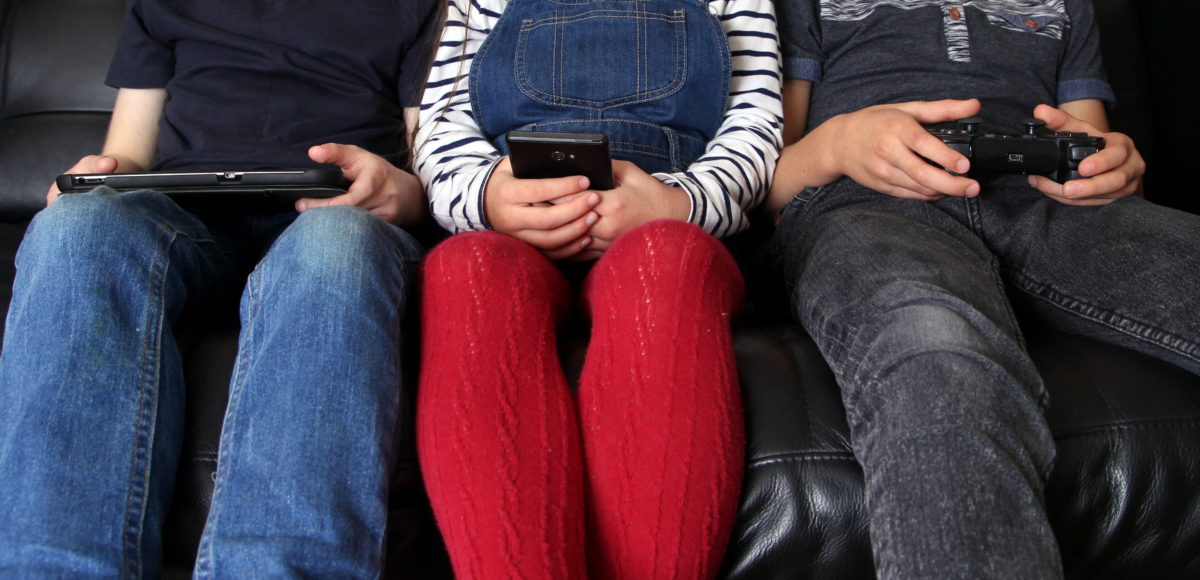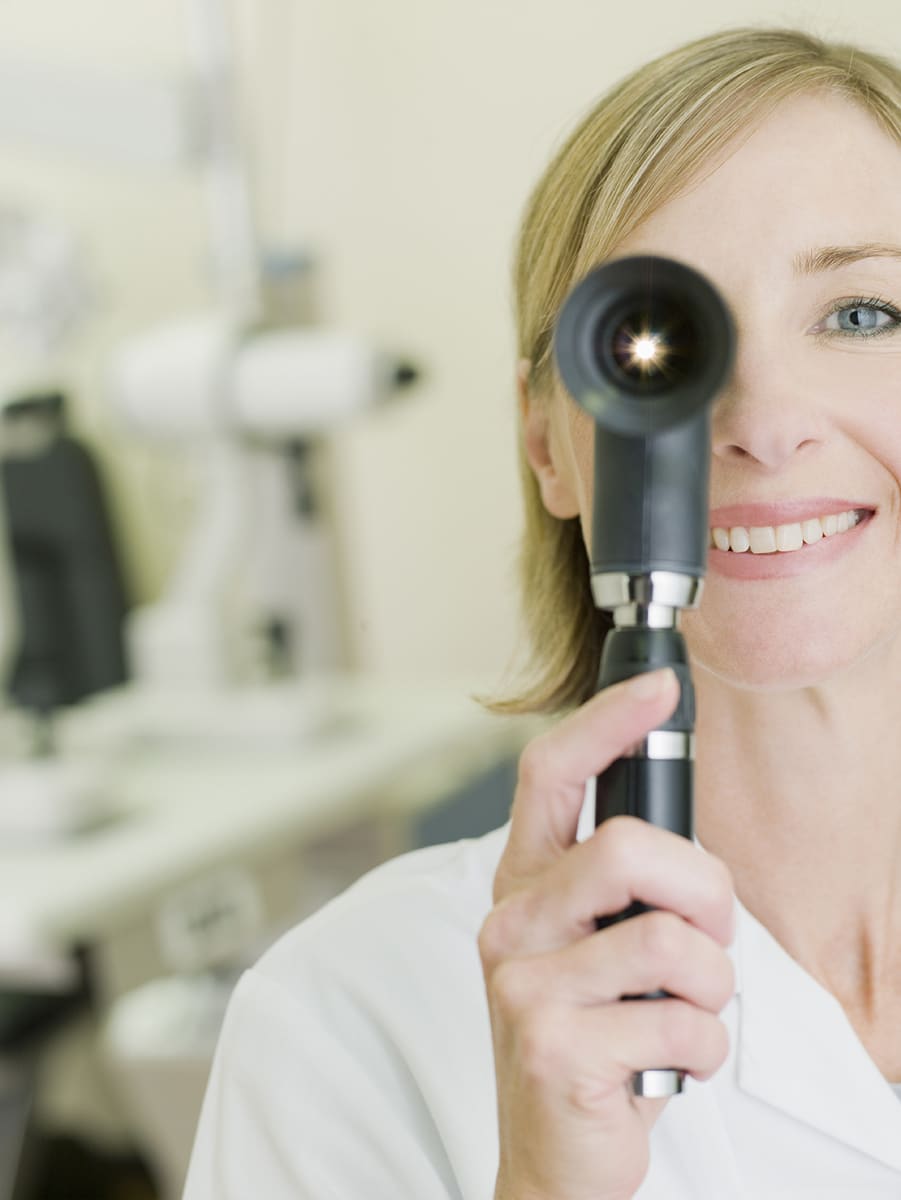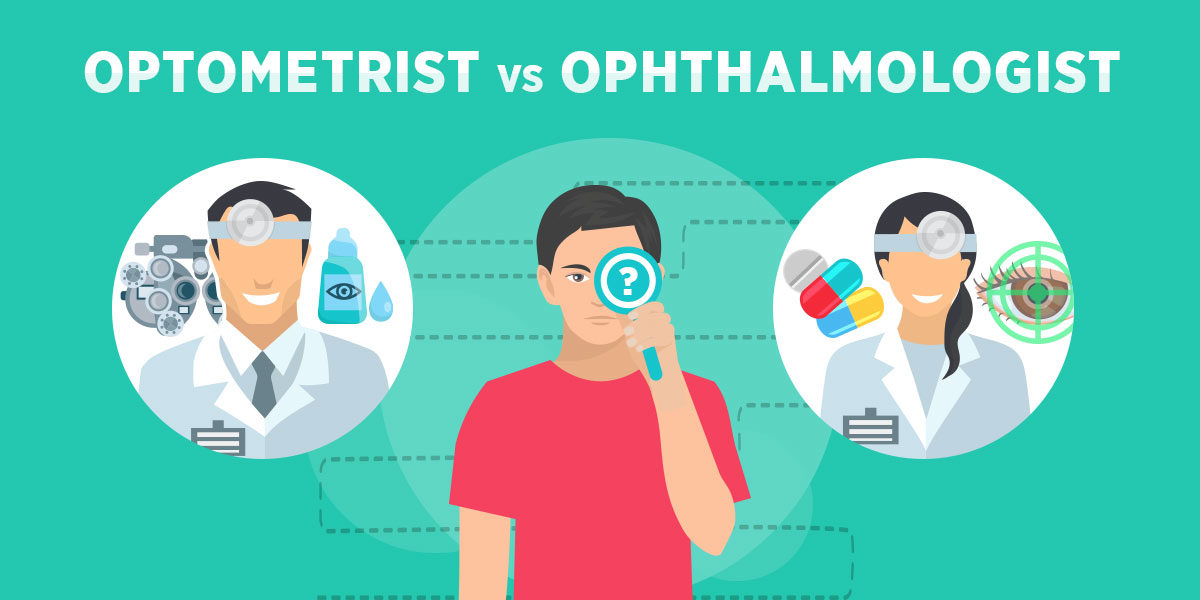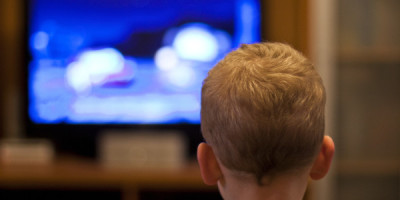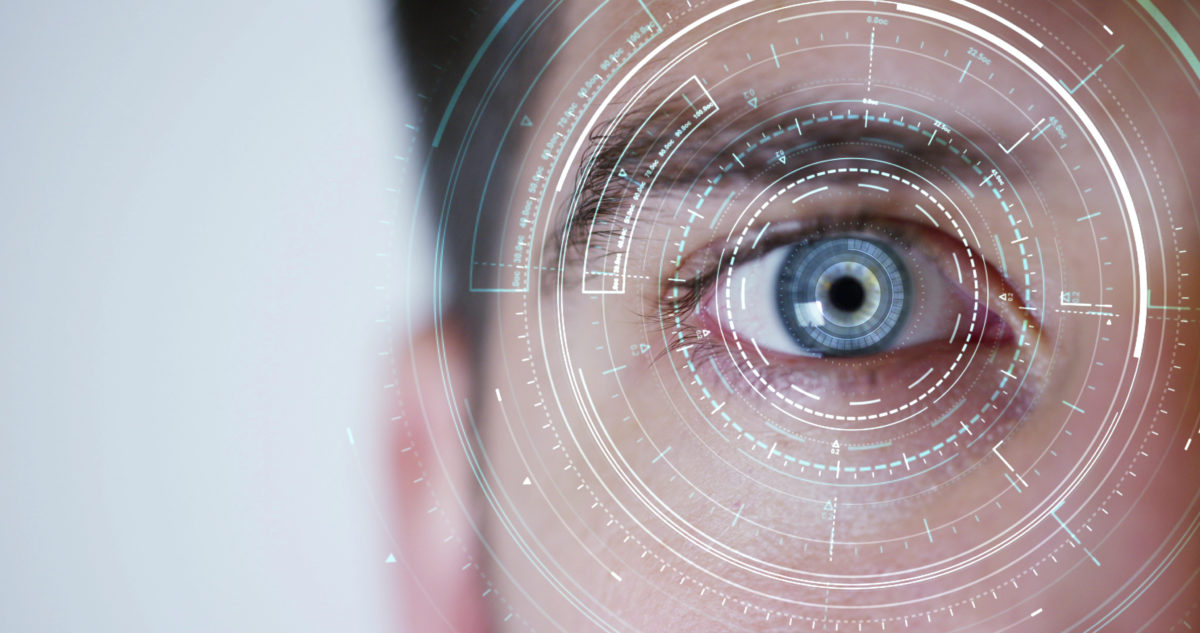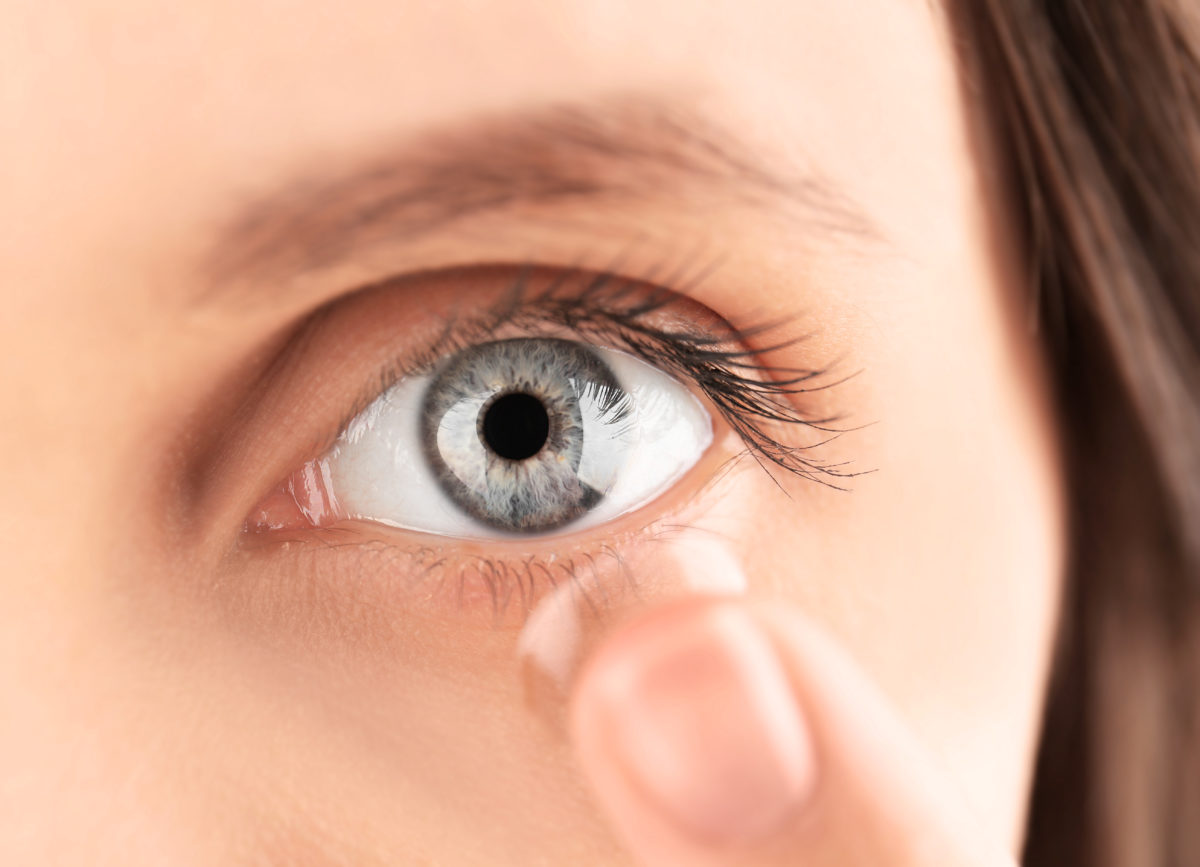An ophthalmologist/mom’s worst nightmare goes something like this…
We go out for dinner, leaving our 9-year-old son with a new babysitter. What’s important to note is that our son, like millions of other kids, is obsessed with the video game Fortnite. So, we have recently placed strict time restrictions on his allotted video game time per week.
Upon returning home, the babysitter informs us that since he could not use the video game console, he locked himself in his room to watch on the computer and has been in there for over 4 hours now. So, that babysitter won’t be hired again, as you may imagine.
The nightmare part is what I saw when I went into his room. He looked like a zombie with no blink reflex as he sat staring at the screen, but most striking were the bright red spots on the whites of his eyes. It looked like when his eyes got sunburnt last summer from being in the ocean for hours without sunglasses. In the ophthalmology world, we call this photokeratitis, and it isn’t pretty.
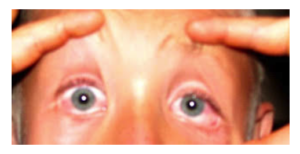
I showed him how he looked in the mirror and explained that the rays from the computer screen did this to him. His eyes remained looking like this for about 48 hours. The next day I could tell that his eyes were uncomfortable, dry, and irritated—which he would never admit,± of course.
The fact is: This is not at all uncommon anymore in our youth. Screen time is damaging our eyes in a progressive way, leading to signs and symptoms of dry eye decades earlier than we as ophthalmologists are accustomed to seeing.
The blue wavelength spectrum emitted from screens is close to UV light on the spectrum. That means we are accumulating inflammation and UV-light damage to the skin (cornea and conjunctiva) of our eyes from younger ages than ever.
Imagine this damage progressing over all of those screentime hours from a young age. Sunburned eyes without the benefit of outdoor exercise!
The effects of screen use and resulting dry eye inflammation is starting in youth and only gets worse as millennials find their way into the workforce. I see it every day in my practice, and it isn’t an exaggeration to call it an epidemic.
So what can we do as parents, guardians of the underrage screen-addicted?
I highly recommend getting a blue light filter which comes in any size to fit your phone, laptop, ipad, or desktop. These filters are inexpensive and can be found on Amazon, like this one.
There are blue light filtering glasses that can be worn – some kids actually want glasses but don’t need prescription ones, so these are a great option as you can bribe your little screen addict into wearing them when they are allowed on the computer. They make cute ones for kids like these.
Most importantly, limiting screen time is absolutely KEY. This isn’t easy, I know. It takes good old-fashioned discipline and dedication to follow through on the parents part! Encouraging healthy habits in childhood is part of what we do as parents, and it is almost never easy. Screen time moderation is no different.
Showing my son how his eyes looked in the mirror scared him a bit. If your child is mature enough to understand the connection between their overuse and such damage, it may be a good idea to scare them a but with a dose of reality.
Like many of our major health issues, dry eye is about prevention!
You can watch me speak about how screen time affects our eyes on TV’s Home and Family here.
 English
English French
French German
German
